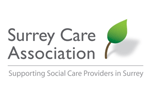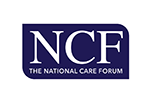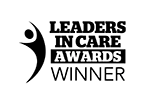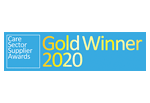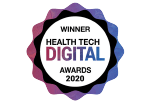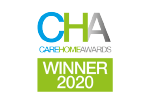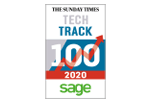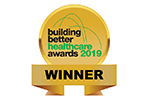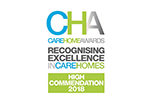What can you do to improve your care provision?
We spoke to Melissa Jeffery, Head of Customer Facing Technology and Special Projects and Joanne Wildman, Director of Compliance, Governance and Quality, both of Caring Homes Group to discuss what separates an outstanding care home from a good one, the importance of digital technology, investing in staff and why community in care is so important.
Melissa Jeffery (left) and Joanne Wildman (right)
What should outstanding care look like?
Joanne: When looking at excellence in care, we have developed a pathway programme that has re-focused our training, our development, our empathy and our understanding – especially around living with dementia, which many of our residents do. This isn’t just for residents, it’s also for the families of those living in care homes as well as the wider community because we understand that people living in the community may eventually need to secure care for their loved ones or for themselves in a care home.
So, from my point of view, the concept of achieving outstanding outcomes in care means not just working in isolation in a care home. Obviously, we deliver the day-to-day care extremely well, but beyond that it’s about having staff work considerately not just with residents but with families, visitors, other healthcare professionals coming into the home.
Visions and values
I often talk about having visions and values that are reflected in the behaviour of care home staff which can influence a home that works with fluidity. The ideal situation is one where I can go into a home and there is a real sense of flow where the residents are a community in themselves, where they have friends, they have relationships, where families can drop in and they’re already making a cup of tea ready for them; in other words, an outstanding care home needs to have that sense of familiarity. The essence of it is important; making sure care is being provided and evidenced and managed to a high standard is what you need to be doing to be considered a ‘good’ care home, but ‘outstanding’ care homes go further by providing a real home environment where the doors are open to the community.
We’ve had great success with evening workshops on dementia that we open up to healthcare professionals in the NHS, relatives of residents and our community. We’ve found that it has been really helpful with the community especially. For example, one neighbour has a partner with dementia who was really frightened and didn’t want to come to the evening event, but she did manage to attend and now she feels safer and happier in the understanding that there’s something there that will support her. To me, that’s an outstanding home. It’s about more than just getting the job done, there has to be a passion for caring for the most vulnerable members of our society.
Balancing outstanding care delivery with commercial goals
Joanne: I don’t think you have to do any of that – I think if you get the quality of the care right and you get the right essence in your home, everything else will follow naturally. I’ve been a regulator and worked for the CQC and I can probably count on my two hands the homes I've gone into and seen that it’s a truly exceptional home, and one of the signs of this is that they have a waiting list. For example, one of the homes that I went into had a gardener who was about 60 that said he’d already put his name down because he wanted to go to that home when the time came.
There will always be the pressures in care around things like occupancy and other challenges but if you’ve got a home that has the visions and the values and is doing all the things that we’ve talked about, then I don’t believe there will ever be a problem with people wanting to come to a home.
The importance of digital solutions
Melissa: I think in addition to that, this is where embracing digital technology has really made a difference too. Having that extra visibility is invaluable but also having the ability to drill down into things at a level that, potentially, wouldn’t have been possible before, means we have been able to understand things from a commercial aspect to an even greater extent.
If we have a home where things might have started to take a turn, you’ll be able to see that quite visibly which is then reflected in the commercial aspects. Having that visibility of what’s going on in the homes provides an extra level of security to bring the care quality and the commercial goals together from an operational standpoint. This means that we know we are managing both and are able to do something about any issues.
If you’re still on paper and you’re just popping into a home once or twice a week, how are you able to comfortably and confidently be able to say that things are going well? You’re not there every day, so it’s very hard to really know. Having that visibility and transparency has really helped and also for staff to know that we’re investing in them so that they can invest in our residents is also a big one for us – showing them that we respect them is really important for the business.
I’m a big believer in the fact that for the companies that respect their staff, support them and generally treat them well, the commercial rewards often follow.
Managing admissions and occupancy
Joanne: Understanding the balance between admissions and occupancy is also key. We make sure to monitor all our admissions and we compile a report every month based on the findings of the quality support team that goes in to check how many residents have had their pre-admission assessments.
If we have homes that aren’t engaging appropriately with that process of correct admissions, then it flags that up to us straight away. The homes that aren’t admitting people well tend to be the ones that have more problems as well as the expectations of the residents’ families not being met. So, we’ve found that tracking and monitoring the pre-admission process quite closely is another way of identifying risk quickly.
Making your staff a priority
Melissa: I mentioned earlier the importance of treating staff well, and one thing that is really important to holding the right balance between outstanding care and commercial goals is how you manage staff turnover. I came into the care industry about seven years ago and quite frankly I was shocked at how it felt like I would train people up only for them to leave the next day; I couldn’t believe the amount of staff turnover.
This can have a negative impact on commercial goals because of the amount of time and money you can invest in someone only for them to leave, meaning you have to start that process all over again, which takes more time and more money and obviously can have a detrimental effect on residents’ quality of care.
But this, again, is where embracing digital technology can help. Having integrated solutions like Person Centred Software's Connected Care platform means we've had a more robust, consistent approach that has enabled us to patch those gaps much quicker. If someone leaves, we can see on the system quickly if something has changed, which means we are able to consistently hold to those high-quality standards.
The staff turnover in care, however, tends to remain quite high and being able to retain your staff and train them up is so important to the success of the care home from both the care and commercial perspective.
Digital solutions have helped to transform the care provision offered by Caring Homes. To read more about how, click here to read their full success story.

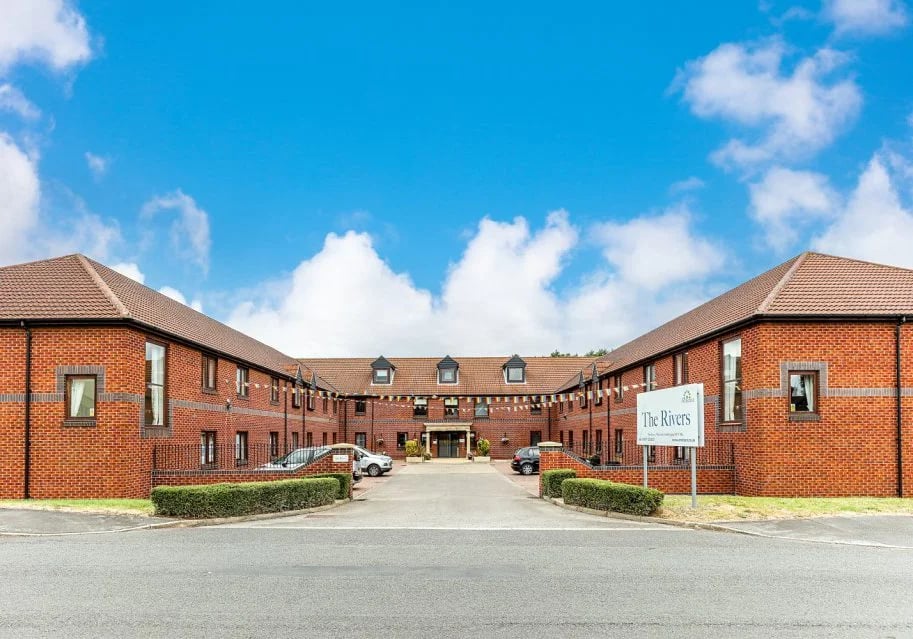
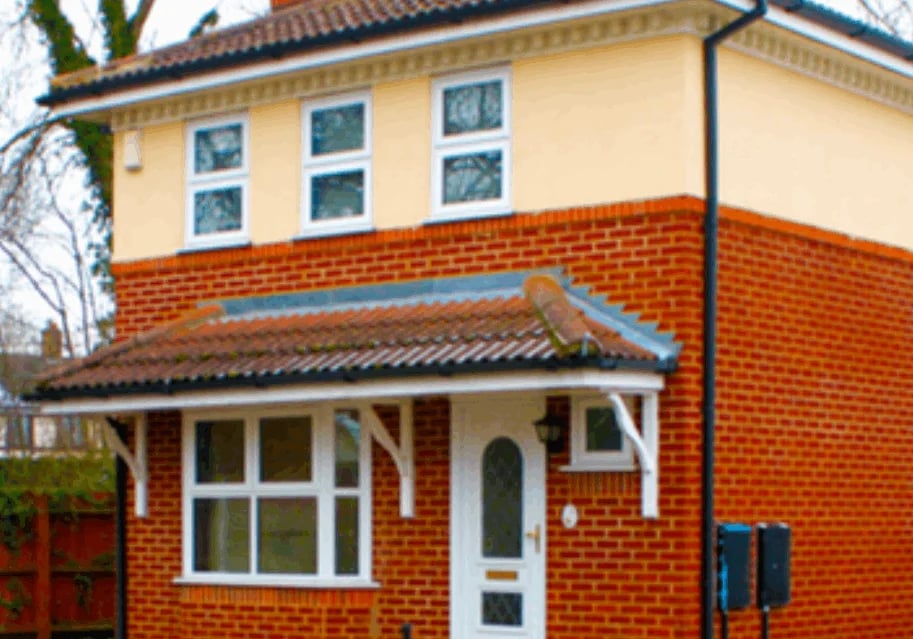

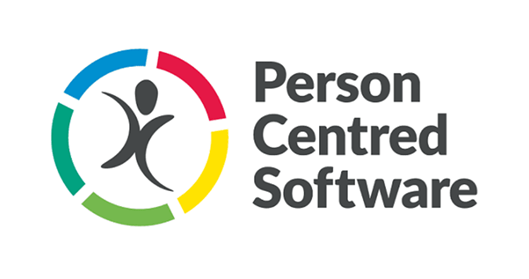
.jpg)
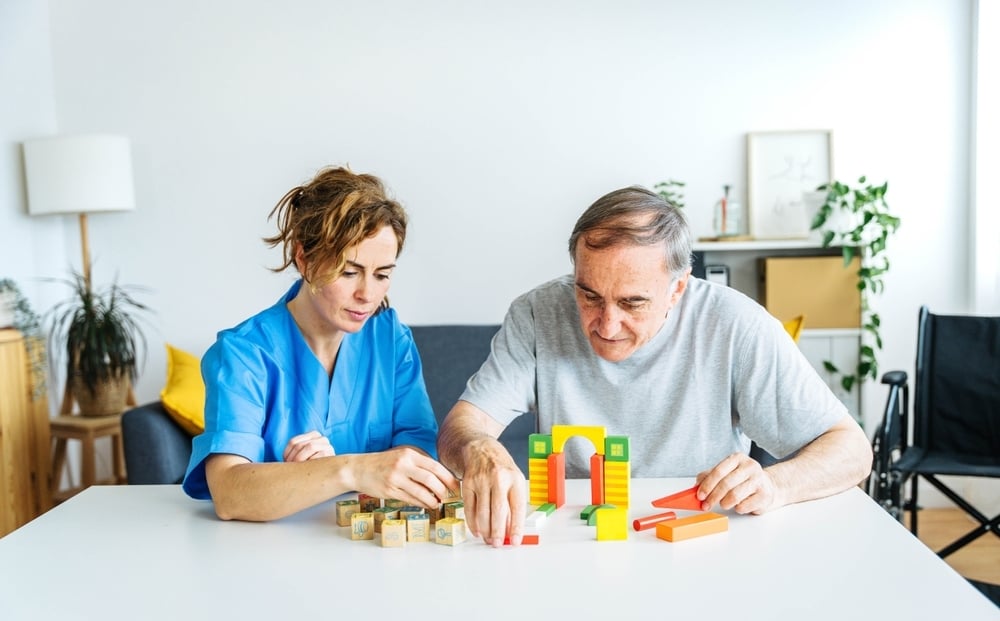
.webp?width=80&height=80&name=HTD%20Awards%202023%20Badge%20(4).webp)


